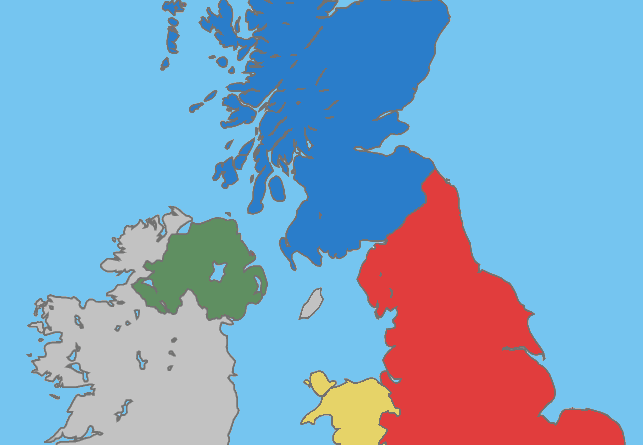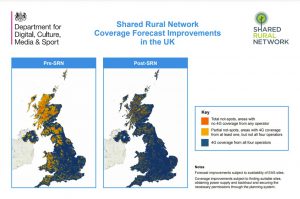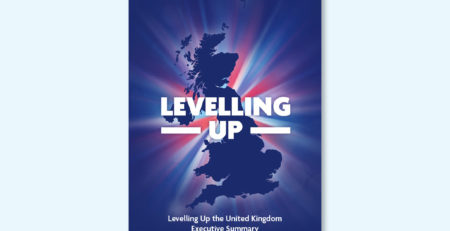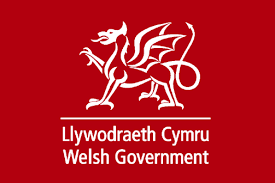Update on Project Gigabit and the Shared Rural Network
Project Gigabit
The BDUK team at the DCMS has identified that 234,000 premises in Wales will be in scope of the Project Gigabit programme – meaning they won’t benefit from the commercial build and thus require public subsidy to go further. This includes rural towns and villages in Carmarthenshire, Ceredigion, Conwy, Denbighshire, Flintshire, Gwynedd, the Isle of Anglesey, Pembrokeshire and Powys. The government will set out the timetable for the delivery of these connections once it has agreed on the procurement process with the Welsh Government. In addition, a further £24 million will fund the rollout of gigabit broadband in ten local authority areas in Northern Ireland. The Full Fibre Northern Ireland (FFNI) scheme will see 969 hospitals, GP surgeries, ambulance and fire stations, community and leisure centres, council offices and other public buildings connected to gigabit-capable networks.
The Scottish Government has confirmed it can continue to provide up to £5,000 extra funding to top-up the Gigabit Broadband Voucher Scheme. This is in addition to the £1,500 available to rural homes and £3,500 available to rural small to medium-sized businesses. The UK Government continues to actively work with the Scottish Government on gigabit deployment through their Reaching 100% (R100) programme. The scope of the final R100 contract will be confirmed in Summer 2021.
Shared Rural Network (SRN)
The SRN will bring an extra 280,000 premises and an additional 16,000 km of UK roads in range of a 4G signal – increasing total geographic 4G coverage to 95% of the UK by the end of 2025. New maps and figures published reveal how much mobile coverage will increase in each region of the UK once the SRN is completed.
The Scottish Highlands and Islands, Mid and West Wales and the North East of England will see the largest increases in 4G signal. Scotland will benefit most out of the four home nations, with coverage from all four MNOs to be delivered to three quarters of Scotland’s landmass by the end of the programme. Wales will see coverage from all four operators across its geographic areas increasing by more than a third. Northern Ireland will see 4G from all four MNOs rise to 85% of its landmass. The North East of England will see total 4G coverage jump to 86%.
Northern Ireland and England will both see a six per cent fall in partial not spots by the end of the scheme, with 4G coverage from at least one MNO reaching 98 per cent of their respective landmasses, with Wales hitting 95 per cent and Scotland 91 per cent. The MNOs have already begun work as part of the deal to close the majority of partial not spots by mid-2024 and there have already been more than 700 sites announced so far this year to help close not spots across the UK.
The government has also launched a consultation to identify any existing infrastructure which can be utilised to end total not spots. It wants to reduce the need to build new phone masts and help make sure public funds are used effectively.






